Prehistory: Daily Life
One of the major changes in prehistoric Britain was the gradual shift away from hunter-gathering towards settled agriculture. The arrival of farming from about 4000 BC had a profound effect on every aspect of daily life for the people who lived on our islands.
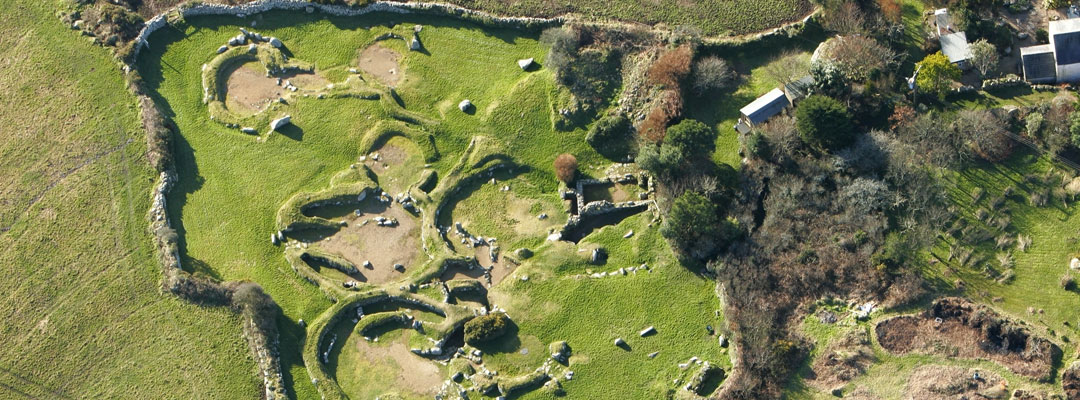
FOLLOWING THE HERDS
The first human visitors to Britain were nomads, following reindeer and other animal herds north. They perhaps returned, over long periods of time, to particular caves and refuges, such as Creswell Crags in Derbyshire.
Even after the glacial ice finally receded and continuous occupation began about 14,000 years ago, hunter-gatherers had no permanent homes.
But discoveries of huts at Howick in Northumberland, and Star Carr, Yorkshire, dated to 8770–8460 BC, suggest that the wanderings of some Mesolithic people followed a seasonal pattern. It’s thought that they visited the same places for hunting, fishing or winter shelter.
COMMUNAL MONUMENTS
The arrival of farming in Britain in about 4000 BC did not immediately transform these semi-nomads into year-round permanent settlers. More herdsmen than intensive arable farmers, Neolithic and early Bronze Age people continued to move around territories. These were now focused on great communal monuments like Belas Knap in Gloucestershire and West Kennet Long Barrow in Wiltshire.
Later, henges and stone circles probably performed a similar function – permanent dwelling places remain elusive until the middle Bronze Age.
If monuments embodied the soul of these mobile societies, communal gatherings at places like Windmill Hill in Wiltshire provided their social glue. They no doubt provided opportunities to meet, trade, and perhaps also feast and perform ceremonies.
ANIMALS AND SKINS
Animals were not kept purely to provide food. Cattle were probably also used for ploughing or pulling carts. Domesticated horses, however, were rare in Britain until the Iron Age.
Finds of gnawed bones show that dogs were common in prehistoric Britain. Varying in size, they were guard dogs, shepherding dogs, hunting aids or pets, or all of these things. Roman writers believed that Iron Age Britons also kept hares as pets: Boudicca is supposed to have carried one under her cloak.
Sheep were the most ubiquitous Bronze Age animal. From about 2000 BC a new breed appeared whose fleece was woolly rather than hairy. The wool could be woven into textiles, which could be dyed in bright colours.
The scant evidence we have suggests that earlier clothing was made of animal skins or leather, sewn together using bone needles (dated as early as 13,000 BC) and animal guts. By the early Neolithic period they were sewn with linen thread, made from flax, which was also woven into late Bronze Age clothing.
VILLAGES, HILLFORTS, TOWNS
Late Bronze Age people were settling in substantial round houses, often grouped into permanent villages like Grimspound on Dartmoor. The perimeter wall at Grimspound probably served only to keep domestic animals in and wild ones out. But the need for safety prompted the building, at about the same time, of a defended village of about 200 huts on the exposed and uncomfortable summit of Mam Tor in Derbyshire.
The subsequent Iron Age saw an increasing tendency for people in northern and western England to live together for security, either in, or under the protection of, hillforts. In eastern England, however, new town-like tribal centres grew up in places like Colchester, Essex (defended by Lexden Earthworks), and Stanwick, North Yorkshire.
Julius Caesar, writing before 47 BC, contrasted the ‘civilised’ south-east with the more primitive conditions further inland, whose inhabitants ‘do not sow corn, but live on milk and flesh, and are clad in skins’. Exaggeration, perhaps, but correct in confirming that the quality of daily life in prehistoric Britain always depended on where, as well as when, one lived.
More about Prehistoric England
-
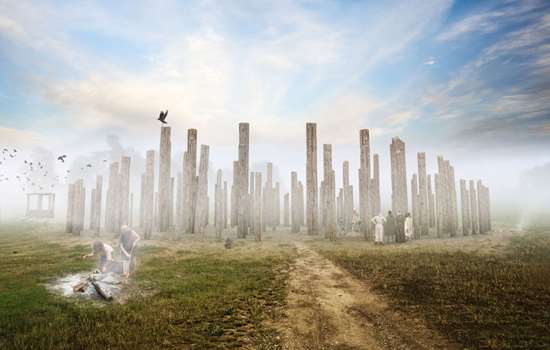
Prehistoric Architecture
The structures that survive from prehistory might not be what we’d normally think of as ‘architecture’. But these structures still inspire awe today
-

Prehistoric Art
People in prehistory were skilled at making tools and decorative objects from stone and metal, sometimes with astonishing decoration.
-
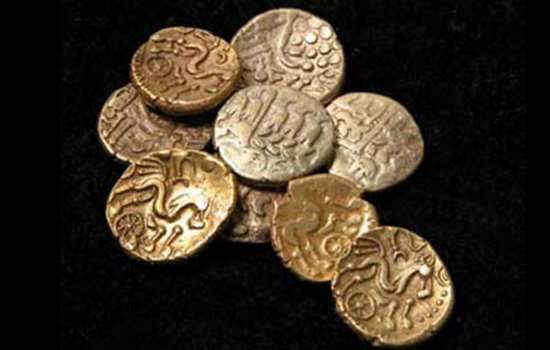
Prehistoric Commerce
Goods and skills must have been bartered or exchanged in prehistoric Britain from early times, but very little evidence has survived and commece as we think of it may not have existed.
-
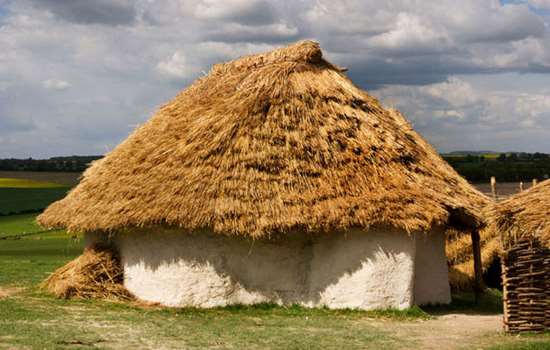
Prehistoric Daily Life
The arrival of farming from about 4000 BC had a profound effect on every aspect of daily life for the people who lived in the British Isles.
-
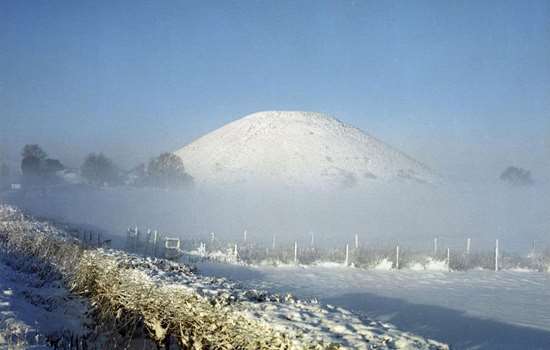
Prehistory: Landscape
How Neolithic people linked complexes of person-made monuments into artificial landscapes.
-
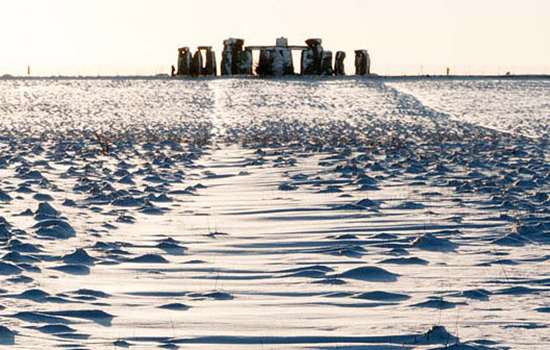
Prehistory: Networks
The arrival of farming, the building of great communal monuments and the knowledge of metalworking all transformed prehistoric Britain.
-
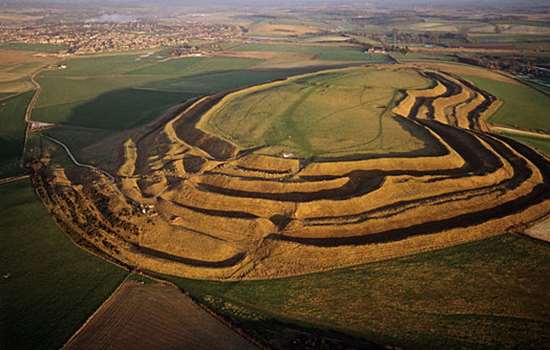
Prehistory: Power and Politics
Power in prehistoric Britain was expressed symbolically, through the likes of mighty communal monuments, rich grave goods, and massive hillforts.
-
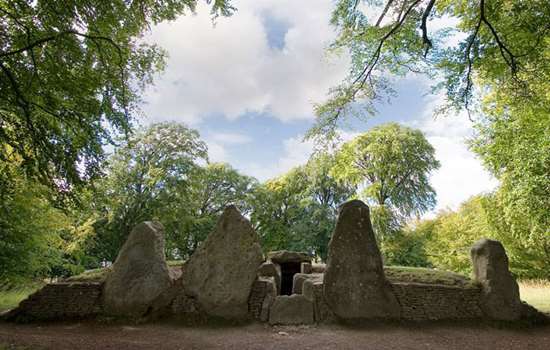
Prehistory: Religion
There was no single or continuously developed belief system in prehistoric Britain, but we can make informed guesses about what different prehistoric people believed.
-
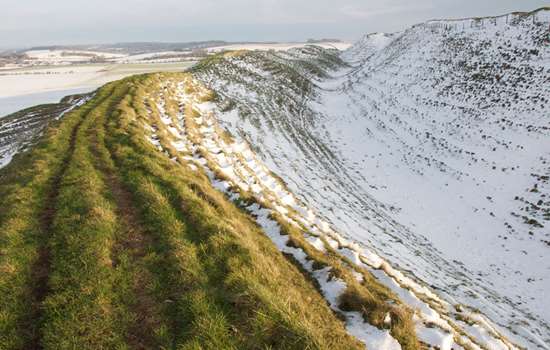
Prehistory: Conflict
Violence and conflict undoubtedly occurred in prehistoric Britain, but the archaeological evidence is often subject to varying interpretations.
Prehistory Stories
-
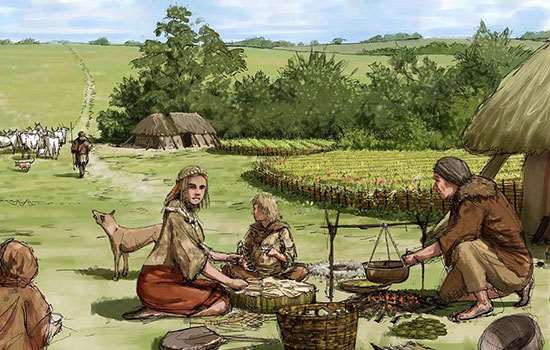
Food and Feasting at Stonehenge
Find out what the people who built and used Stonehenge ate, how they cooked and served their food, and the cutting-edge science behind these discoveries.
-
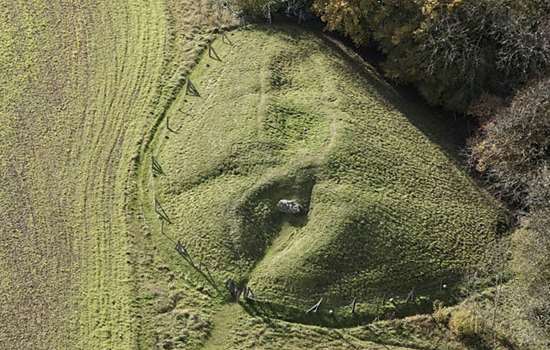
Long Barrows and Broken Bones
What the atmospheric, evocative long barrows of the Cotswold Hills and Marlborough Downs reveal about burial practices and attitudes to death in the early Neolithic period.
-
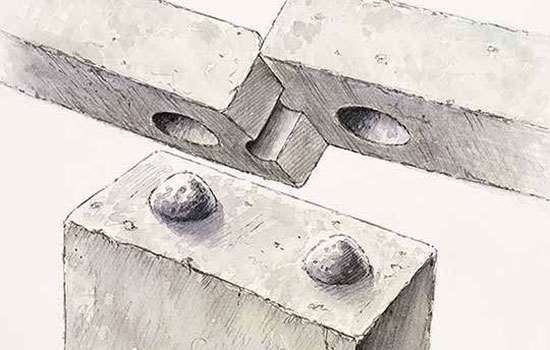
Building Stonehenge
Stonehenge is a masterpiece of engineering. How did Neolithic people build it using only the simple tools and technologies available to them?
-
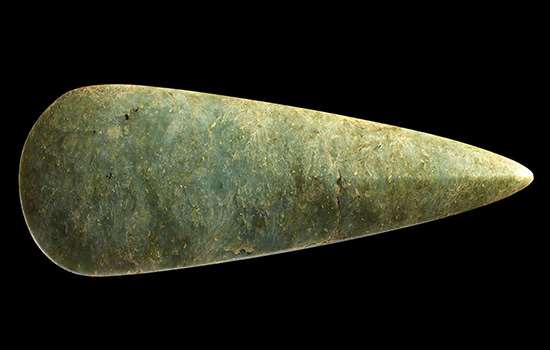
Making Connections: Stonehenge in its Prehistoric World
At the time of Stonehenge, people connected with others and with the world around them by making and sharing objects. Explore the story of these connections.
-
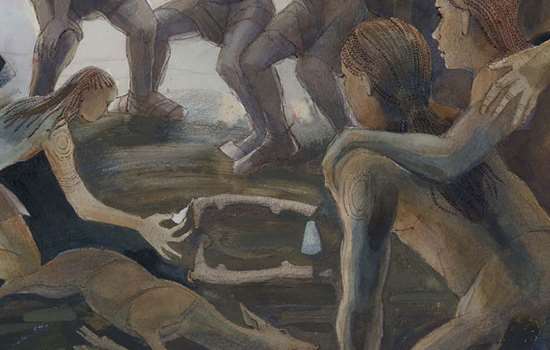
Ritual Mysteries in a Prehistoric Flint Mine
What finds at Grime’s Graves in Norfolk reveal about the significance of mining, and the value of flint, to Neolithic communities.
-
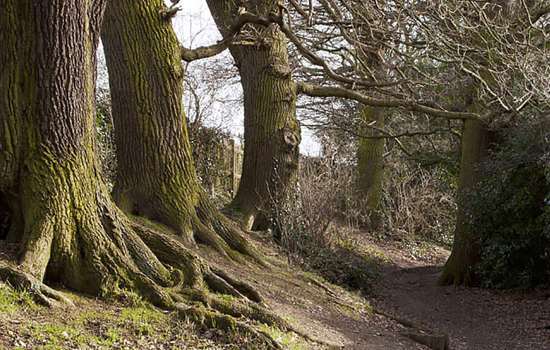
Iron Age Kings and their Roman Connections
How burial goods from Essex provide tantalising glimpses of rich and powerful leaders in Iron Age Britain, and their strong links with the Roman world.
-

Prehistoric Earthworks and Their Afterlife at Knowlton
How a unique group of Neolithic monuments in Dorset have remained a significant and atmospheric presence for 4,000 years.